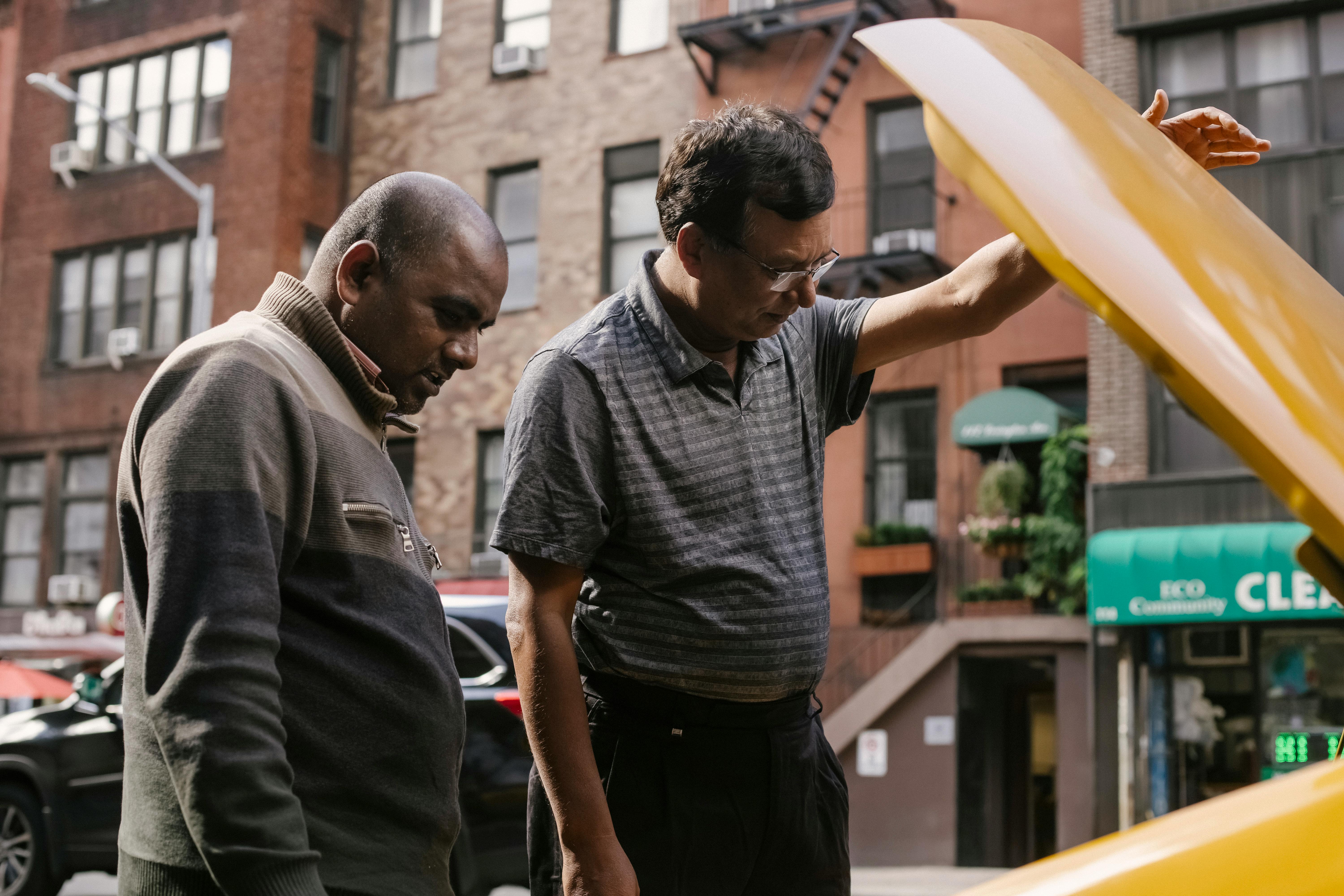
Are you the proud owner of a Honda Civic? Congratulations! Honda Civics are known for their reliability and dependability. But, even the best cars need regular preventative maintenance to keep them running smoothly.
In this blog post, we will discuss the preventative measures you should take to ensure your Honda Civic is running optimally. From changing the oil to inspecting the brakes, we will walk you through the steps you need to take to keep your Honda Civic in tip-top shape. So, let’s get started!
Contents
Common Causes of a Honda Civic Refusing to Move
When it comes to Honda Civics, one of the most frustrating problems owners can experience is when their car won’t move. There can be many reasons why your Honda Civic won’t move, but some of the most common causes include transmission, brakes, and other mechanical issues.
The first thing to check when your Honda Civic won’t move is the transmission. If the transmission is not shifting correctly, the car will not move. This could be due to a fluid leak, low fluid levels, or a faulty solenoid. If the transmission is the issue, you will need to have it inspected by a professional to determine the problem and fix it.
Another common cause of a Honda Civic refusing to move is the brakes. If the brakes are faulty or not working correctly, the car may not move. This could be due to worn brake pads, low brake fluid, or a faulty brake caliper. If the brakes are the issue, you will need to have them inspected by a professional and replaced if necessary.
Finally, other mechanical issues can also be responsible for a Honda Civic refusing to move. For example, a faulty drive belt or a broken axle could prevent the car from moving. If this is the case, you will need to have the parts inspected and replaced as needed.
By understanding the common causes of a Honda Civic refusing to move, you can help ensure that your car is in top condition and will move when you need it to. If you experience any of these issues, it is important to have them diagnosed and repaired by a professional as soon as possible to avoid further problems.

Troubleshooting the Possible Causes
If your Honda Civic is going into gear, but not moving, it’s time to troubleshoot the possible causes. There are a few things that could be happening that could be preventing your vehicle from operating correctly.
First, check the transmission fluid level. Low levels of transmission fluid can cause hard shifting, and can be a possible cause of your Honda Civic going into gear but not moving. If your transmission fluid level is low, fill it up to the mark specified in your car’s owner’s manual.
Next, check your transmission filter. If the filter is clogged, it can cause the transmission to slip, and will prevent your Honda Civic from moving. If the filter is clogged, it needs to be replaced.
Another potential cause could be a faulty clutch. If the clutch is worn-out, it may not be able to engage the transmission correctly, thus preventing your Honda Civic from moving. It’s important to have the clutch replaced if it is worn out.
Finally, check the flywheel. If the flywheel is cracked or damaged, it can prevent the transmission from engaging properly. Make sure to have the flywheel inspected if you suspect it is damaged.
These are some of the possible causes for your Honda Civic going into gear but not moving. It’s important to take the time to troubleshoot the problem and address any issues that may be causing your vehicle to malfunction.
Seeking Professional Assistance
If you own a Honda Civic and are having trouble getting it into gear, it may be time to seek professional assistance. As a vehicle owner, understanding the complexities of your vehicle’s inner workings can be difficult. Whether you are a novice or an experienced driver, a professional mechanic is the best option for fixing a transmission issue.
When diagnosing a Honda Civic that won’t move, the mechanic will inspect the transmission fluid, the clutch, the engine, and other related components. It’s possible that the transmission is not correctly shifting into gear, or that one of the components is malfunctioning. In either case, a qualified mechanic can properly diagnose and repair the issue.
The mechanic will likely replace any faulty parts and provide advice on how to keep the vehicle running properly in the future. Additionally, they may suggest regular maintenance such as oil changes, tire rotations, and other necessary tune-ups.
It’s important to be aware of the warning signs of a transmission issue. This includes grinding or shaking when shifting, difficulty getting the vehicle into gear, and a burning smell. If you notice any of these symptoms, it’s best to take your Honda Civic to a professional as soon as possible.
Seeking professional assistance is the best way to ensure your Honda Civic is properly and safely repaired. A qualified mechanic can provide an accurate diagnosis, replace any faulty parts, and suggest any necessary maintenance. With the help of a professional, you can get your vehicle back on the road and running smoothly.
Preventative Measures
Honda Civic cars are known for their reliability and dependability, but even the best cars need regular maintenance to keep them running smoothly. When it comes to the Honda Civic, preventative measures can help ensure that your car is running at its best.
First, make sure you’re using the correct type of oil. Every Honda Civic model has a specific type of oil that should be used, and over time, oil can break down and become less effective. Make sure you’re changing your oil regularly according to your owner’s manual, and using the correct oil type.
Another important preventative measure for the Honda Civic is to inspect the transmission. Problems with the transmission can cause your car to not move, even though it’s in gear. Make sure you’re checking the transmission fluid levels regularly, and that your transmission is functioning properly.
You should also make sure that your Honda Civic’s brakes are in good condition. If your brakes aren’t functioning properly, it could prevent your car from moving, even if it’s in gear. Regularly inspect the brake pads and fluid levels, and make sure they’re in good condition.
Finally, make sure you’re keeping up with regular maintenance. Regular oil changes, tire rotations, and inspections can help you spot any potential problems before they become serious issues. If you follow these preventative measures, you can help ensure that your Honda Civic is running correctly and that it won’t get stuck in gear.
In Summary
Maintaining your Honda Civic is essential for its dependability and reliability. Taking preventative measures is the best way to ensure your car is running optimally. First, use the correct type of oil and make sure to change it regularly.
Then, check the transmission fluid levels and inspect the transmission for any issues. Additionally, inspect your brakes regularly for brake pad wear and fluid levels. Finally, keep up with regular maintenance such as oil changes, tire rotations, and inspections.
Following these preventative measures can ensure your Honda Civic is running efficiently and won’t get stuck in gear.
